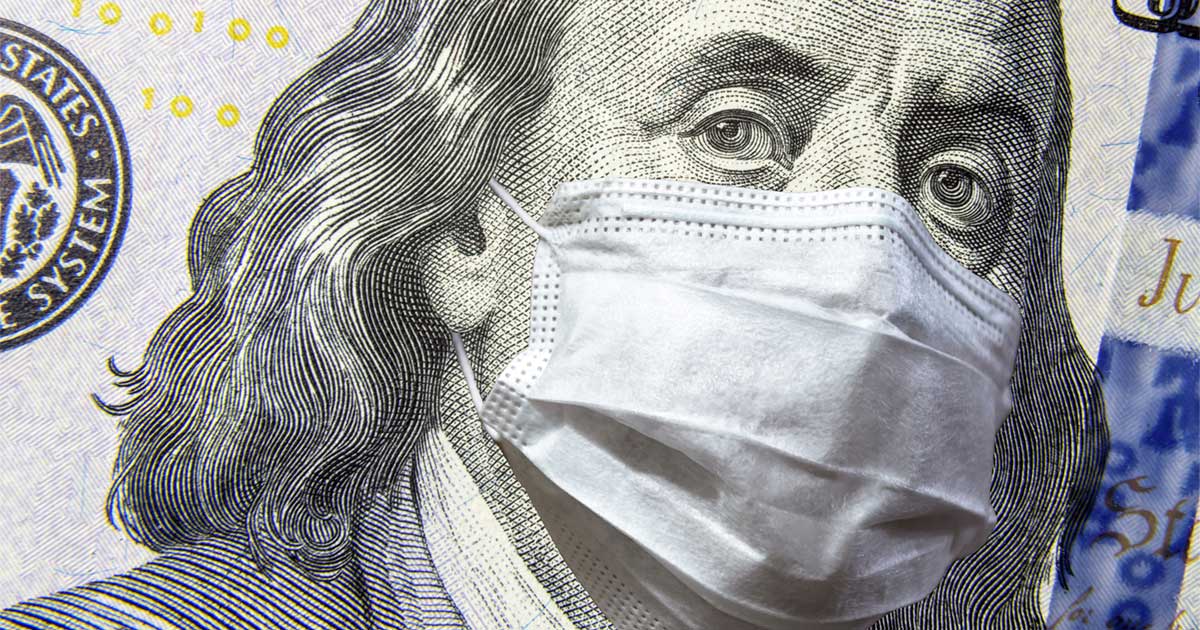IMPORTANT POINTS FOR A DRYCLEANER TO CONSIDER BEFORE CHANGING THEIR BUSINESS PLAN OR FORMULATING AN EXIT STRATEGY

BY: DRU CARLISLE
It’s a difficult topic to discuss because I know that many drycleaners are inarguably in the most challenging spot of their careers right now. Some drycleaners are operating at a slightly lower-than-normal production and business percentage, while others are struggling to stay in business. We are all at the mercy of a force beyond our control, and as governmental agencies work to do what they feel is best from a health standpoint, many businesses are left without adequate support to weather the storm.
I have spoken with successful and business savvy drycleaners who are anticipating the possibility of closing their doors for good. Even businesses that have been in families for multiple generations are considering closing due to no fault of their own, which is a hard pill to swallow. And to add insult to injury, the EPA says 75% of drycleaners have environmental contamination—which means there’s a genuine possibility that cleaners will face expensive environmental liability issues.
Business and real estate transactions, especially relating to drycleaner operations, frequently have to undergo the environmental due diligence process to receive approval from a lending source. This could be true even if you do not own the building in which you operate. Your landlord may require Phase II subsurface testing if you decide to renegotiate your lease or close-up shop, or perhaps your landlord is looking at selling or refinancing the property while interest rates are low.
If you are unfamiliar with the environmental due diligence process, I recommend that you read Why Phase I Environmental Site Assessments are Important for Buying or Selling a Drycleaner.
If you select to lease a building without doing environmental investigation, know that air quality requirements are different for an active drycleaner than any other type of business. An active drycleaner’s indoor air screening level for Perc is 100 PPM, while the indoor air screen level for non-drycleaning businesses will be between 0.003 to 0.026 PPM. This means it’s imperative to conduct a vapor intrusion assessment to ensure healthy indoor air quality for your tenants. To learn more, read What to Consider When Letting a Former Drycleaning Property.
I wish I could sugar-coat the situation, but I think it is best to be transparent. Drycleaners need to know that while it’s an unwelcome prospect, it is undoubtedly a prospect that you will have to deal with contamination at your business.
You have likely heard us talk about how to use insurance to help offset the costs of environmental cleanup. If you are one of the drycleaners, who is considering a change of business plans and possibly closing your doors, be proactive and start looking into what kind of safety net your old insurance policies provide you.
To learn more about how we can help drycleaners, visit our Drycleaners Client webpage.
 Dru Carlisle, Director of Dry Cleaner Accounts
Dru Carlisle, Director of Dry Cleaner Accounts
For over 10 years, Dru has helped numerous business and property owners facing regulatory action, navigate and manage their environmental liability. Dru has vast experience in assisting dry cleaners in securing funding for their environmental cleanups through historical insurance policies. Dru is a member of numerous drycleaning associations in addition to serving on the Midwest Drycleaning and Laundry Institute (MWDLI) advisory council and on the Drycleaning & Laundry Institute Board (DLI) as an Allied Trade District Committee Member.



